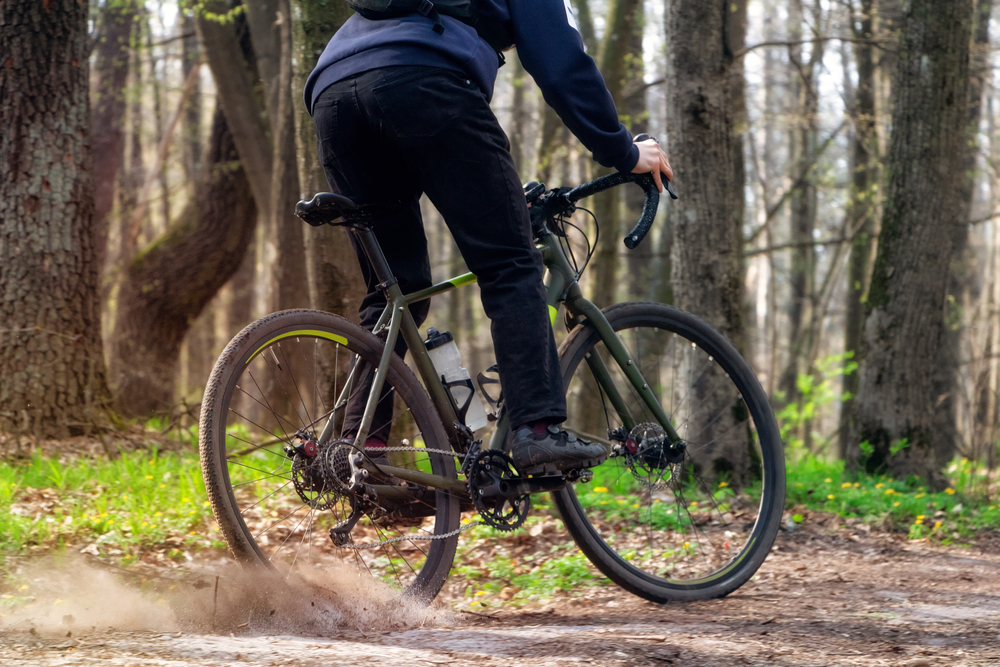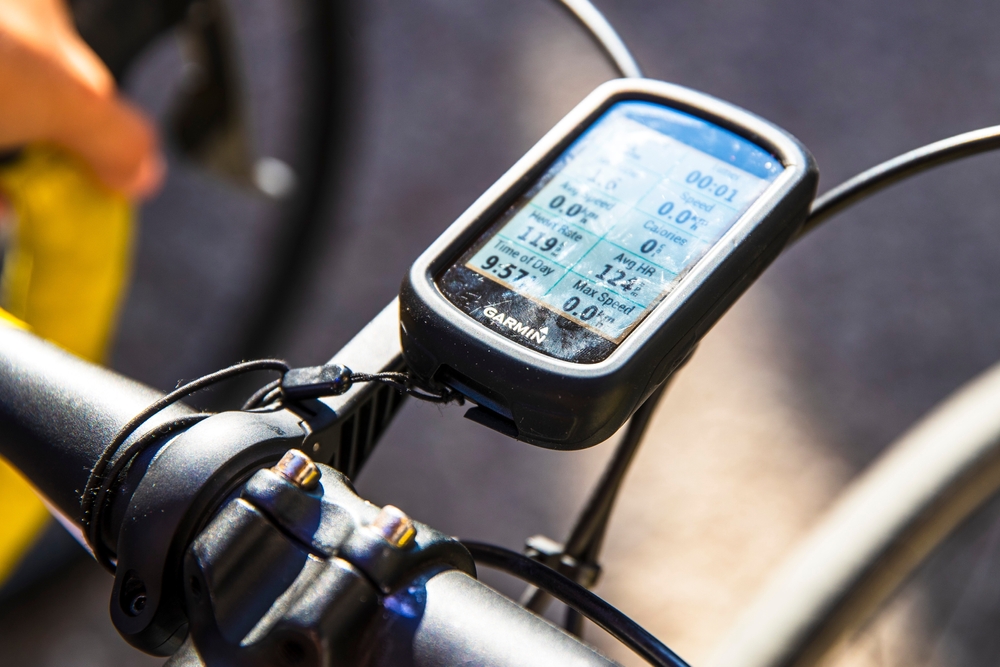Bike Gears
Bicycle gears are vital in ensuring an efficient and comfortable riding experience. They allow riders to adjust their effort according to the terrain and physical capability. Understanding bike gears can enhance performance, reduce fatigue, and improve overall enjoyment.
How Bike Gears Work
Gears on a bicycle are a system of cogs and chains. The system manages the transmission of power from the rider’s pedal strokes to the wheels. Gears provide a mechanical advantage by adjusting torque and speed. This adjustment helps in climbing hills, descending safely, and maintaining a comfortable cadence on flat terrain.
Cadence refers to the rate at which a cyclist pedals. Optimal cadence varies, but it’s typically around 70-90 revolutions per minute for most riders. Gears allow you to keep a steady cadence despite varying terrains.
Main Components of Bike Gears
A bike’s gearing system includes the chainrings, cassettes, derailleurs, and shifters.
- Chainrings: These are the front gears attached to the crankset. Most bikes have between one to three chainrings, affecting the range of gears available.
- Cassette: This is the collection of gears on the rear wheel. It typically has between 7 and 12 cogs, offering different resistance levels.
- Derailleurs: These mechanisms move the chain between the different gears. There is usually a front derailleur for the chainrings and a rear derailleur for the cassette.
- Shifters: These control the derailleurs and can be located on the handlebars. They allow riders to switch gears smoothly.
Types of Bike Gearing Systems
Bikes come with various gearing systems, each suited to different styles of riding.
- Single Speed: These bikes have one gear ratio. They are simple and lightweight, suitable for flat terrains and commuting in urban areas.
- Fixed Gear: A type of single-speed bike where the cog is fixed to the hub. Pedaling controls the bike’s motion, offering a unique riding experience popular among enthusiasts.
- Derailleur Gears: The most common system found in road and mountain bikes. These provide a wide range of gears, making them versatile for various terrains.
- Internal Hub Gears: Enclosed within the rear hub, these gears require less maintenance and are protected from the elements. They are often found on commuter and touring bikes.
Choosing the Right Gear Ratios
Adjusting gear ratios to match the terrain and personal fitness is crucial. A lower gear ratio offers less resistance, making it easier to pedal uphill. In contrast, a higher gear ratio is suited for speed on flat or downhill stretches.
Common chainring setups include compact (34/50T), standard (39/53T), and triple (30/39/50T). Cassettes vary, with common ranges including 11-28T and 11-32T. Choosing the right combination involves considering the type of riding and the terrain.
Shifting Techniques
Effective shifting can make cycling more efficient and enjoyable. Anticipate changes in terrain and shift gears before it becomes necessary. Avoid cross-chaining, which occurs when the chain is at extreme angles, as it increases wear on the drivetrain. Regularly alternating hand positions on the shifters also helps maintain control and comfort.
When climbing, shift to a lower gear to maintain a steady cadence. On descents, shifting to a higher gear can help manage speed and ensure smooth pedaling. Practice makes perfect, and understanding how your bike responds to gear changes is essential for efficient riding.
Maintenance and Care
Regular maintenance ensures the longevity of your bike’s gearing system. Keep the drivetrain clean by regularly wiping down the chain and gears. Lubricate the chain after cleaning to prevent rust and wear. Check for any signs of damage or wear, such as stretched chains or worn-out cogs, and replace parts as necessary.
Properly indexed gears ensure smooth shifting. If you notice any issues, like the chain not staying in gear or rough transitions, it might be time to realign the derailleurs. This can often be done at home with the right tools or by visiting a professional bike mechanic.
Upgrading Your Gearing System
Upgrading your bike’s gearing system can enhance performance. Considerations include better derailleurs, lighter chainrings, or a more extensive cassette range. High-quality components reduce weight and improve shifting precision.
If you’re looking to increase durability and reduce maintenance, internal hub gears might be the way forward. For those aiming for speed and performance, lightweight and high-precision derailleur systems are ideal. Matching the right components with your riding goals will provide the best results.
Understanding Gear Inches and Development
Gear inches measure the distance covered by one pedal revolution. It’s a simple way to compare different gearing setups. Calculating gear inches involves multiplying the wheel diameter by the gear ratio. This helps determine how easy or hard pedaling will be for a given gear.
Another metric is development, which measures the distance traveled per pedal revolution. This gives a clear idea of how much ground you cover in each gear and helps in choosing the right setup for specific riding conditions.
Common Issues and Troubleshooting
Common problems with bike gears include skipping, improper shifts, and chain drops. Skipping often indicates a worn chain or cassette. Misaligned derailleurs can cause improper shifts, which can be resolved by adjusting the limit screws or barrel adjusters.
Chain drops are usually due to a loose chain or misaligned derailleur. Ensuring proper chain tension and alignment can address this issue. Regular inspection and timely maintenance are key to preventing these common problems.
Understanding Cassette and Chain Compatibility
Compatibility between your cassette and chain is crucial. Chains are designed to fit specific cassette sizes and speeds. Using the wrong combination can lead to poor shifting performance and increased wear. Always match the chain’s speed rating (e.g., 10-speed chain) with your cassette’s speed.
When replacing components, ensure they are compatible with each other and with your bike’s drivetrain. Consult manufacturer specifications if needed. This will ensure smooth operation and longevity of your gear system.






